Home>Articles>How Do You Cook In An Electric Pressure Cooker?
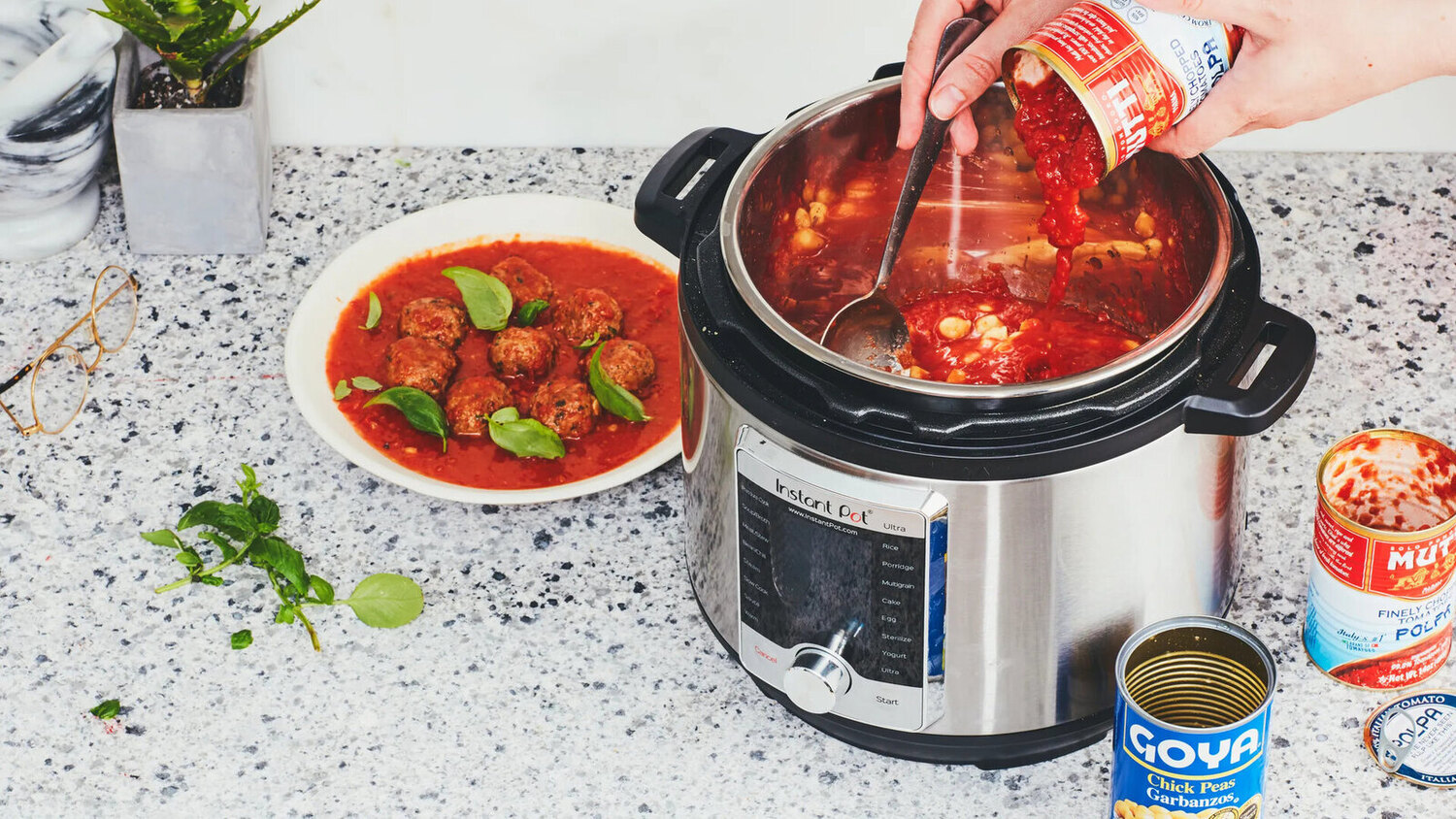

Articles
How Do You Cook In An Electric Pressure Cooker?
Modified: October 30, 2024
Discover the best articles on how to cook in an electric pressure cooker with expert tips and techniques. Unlock the potential of your kitchen appliance and create delicious meals effortlessly.
(Many of the links in this article redirect to a specific reviewed product. Your purchase of these products through affiliate links helps to generate commission for Storables.com, at no extra cost. Learn more)
Introduction
With the busy and hectic lives many people lead today, cooking healthy and delicious meals can often be a time-consuming and exhausting task. However, thanks to modern kitchen appliances like the electric pressure cooker, cooking has become more convenient and efficient than ever before. This versatile kitchen gadget is revolutionizing the way we cook, allowing us to prepare a wide variety of dishes quickly and effortlessly.
An electric pressure cooker combines the functions of a slow cooker, steamer, rice cooker, and even a sauté pan, all in one appliance. It uses high-pressure steam to cook food rapidly, reducing cooking times significantly compared to traditional cooking methods. Not only does it save time, but it also helps to retain nutrients and flavors in the food, making it a healthier and tastier option.
In this article, we will explore the benefits of using an electric pressure cooker, understand how it works, and provide a step-by-step guide on how to cook using this remarkable kitchen appliance. We will also discuss cleaning and maintenance tips, troubleshooting common issues, and important safety precautions to ensure a positive cooking experience.
So, if you’re ready to simplify your cooking routine and enjoy delicious meals in a fraction of the time, let’s dive into the world of electric pressure cookers and discover how they can revolutionize your culinary adventures.
Key Takeaways:
- Electric pressure cookers offer time-saving, energy-efficient, and versatile cooking options, retaining nutrients and flavors while providing unmatched convenience in the kitchen. Embrace this game-changer for efficient and delicious meals.
- To ensure a safe and enjoyable cooking experience, follow essential safety precautions, regular cleaning, and maintenance practices. Troubleshoot common issues and savor the benefits of electric pressure cooking with confidence.
Benefits of Using an Electric Pressure Cooker
Using an electric pressure cooker comes with a multitude of benefits that make it an essential kitchen tool for busy households. Here are some of the key advantages:
- Time-saving: One of the biggest advantages of cooking with an electric pressure cooker is its ability to drastically reduce cooking times. With high-pressure steam, it can cook food up to 70% faster compared to traditional cooking methods. This means you can prepare meals in a fraction of the time, allowing you to enjoy delicious, homemade dishes even on your busiest days.
- Energy-efficient: Electric pressure cookers are designed to be energy-efficient, using less electricity than other cooking appliances. Since they cook food quickly, they require less time to heat up and maintain pressure, resulting in lower energy consumption. This not only benefits the environment but also helps to reduce your energy bills.
- Retains nutrients and flavors: The high-pressure steam generated by an electric pressure cooker helps to lock in the nutrients and flavors of the food. Unlike boiling or steaming, which can cause nutrient loss, the sealed environment of a pressure cooker ensures that vitamins, minerals, and flavors are preserved, resulting in healthier and more delicious meals.
- Versatility: Electric pressure cookers are incredibly versatile kitchen appliances. They can be used to cook a wide range of dishes, including soups, stews, rice, beans, meats, and even desserts. Many electric pressure cookers also come with preset cooking programs that make it easy to prepare specific recipes with just the touch of a button.
- Convenience: Electric pressure cookers offer unmatched convenience in the kitchen. They have easy-to-use controls and programmable timers, allowing you to set your desired cooking time and forget about it until the dish is ready. This means you can multitask or relax while your meal cooks, saving you valuable time and effort.
Overall, using an electric pressure cooker can revolutionize your cooking experience. It saves time, energy, and effort, while also delivering healthier and more flavorful meals. Whether you’re a busy professional, a parent juggling multiple responsibilities, or simply an avid home cook looking for convenience, an electric pressure cooker is a valuable addition to your kitchen.
Understanding the Electric Pressure Cooker
Before we dive into the cooking process, it’s important to understand the basic components and features of an electric pressure cooker:
1. Pressure Valve: This is a crucial part of the pressure cooker that regulates and controls the pressure inside the cooking pot. It ensures that the pressure doesn’t exceed a safe level, preventing any mishaps during the cooking process.
2. Cooking Pot: The cooking pot is where you place your ingredients and cook your meals. It’s typically made of stainless steel or non-stick material and is designed to withstand high pressure and heat. The pot usually has measurement markings inside for easy measurement of ingredients.
3. Lid: The lid of an electric pressure cooker plays a vital role in creating an airtight seal. It locks in the steam and pressure, allowing the food to cook quickly and evenly. The lid also contains the pressure valve and other safety mechanisms.
4. Control Panel: The control panel is located on the front of the pressure cooker and consists of various buttons and settings. It allows you to select different cooking functions, adjust cooking time and pressure, and set other specific settings based on the recipe you’re using.
5. Safety Features: Electric pressure cookers are equipped with several safety features to ensure worry-free cooking. These features include pressure release valves, locking mechanisms, and automatic shut-off systems. Always familiarize yourself with the safety features of your specific pressure cooker model before use.
Now that you have a basic understanding of the components, it’s time to learn how to use an electric pressure cooker and cook delicious meals with ease.
Before you start, always refer to the instruction manual provided with your electric pressure cooker, as different models may have variations in features and settings.
Step-by-Step Guide to Cooking in an Electric Pressure Cooker
Using an electric pressure cooker may seem daunting at first, but it’s actually quite simple once you understand the process. Here is a step-by-step guide to help you get started:
Step 1: Prep Ingredients: Start by preparing your ingredients according to the recipe you’ll be using. Chop vegetables, trim meat, and gather all the necessary ingredients and spices. Having everything ready beforehand will make the cooking process smoother.
Step 2: Add Ingredients to the Pot: Place the inner cooking pot into the electric pressure cooker and add your prepared ingredients. Be mindful not to overload the pot, as you need to leave some space for expansion during cooking. Check the recipe for any specific instructions on the order in which ingredients should be added.
Step 3: Add Liquid: Most recipes require some form of liquid to create steam and build pressure. Common liquids include water, broth, or sauces. Consult your recipe to determine the amount of liquid needed. As a rule of thumb, at least 1 cup of liquid is typically required.
Step 4: Close the Lid: Ensure that the pressure cooker’s sealing ring is in place and that the lid is securely locked. Depending on your pressure cooker model, this may involve aligning arrows or turning the lid to a locked position. The lid must be tightly closed for the pressure to build.
Step 5: Select Cooking Program: On the control panel of the electric pressure cooker, select the appropriate cooking program or manual setting. Depending on the recipe, you may have options such as “Soup/Stew,” “Meat/Poultry,” “Rice,” or “Manual/Pressure Cook.” Refer to the recipe for the recommended setting.
Step 6: Set Pressure and Cooking Time: Adjust the pressure level and cooking time according to the recipe. Most electric pressure cookers allow you to choose between low and high pressure settings. Cooking times will vary depending on the ingredients and recipe. Use the “+” and “-” buttons on the control panel to adjust these settings.
Step 7: Start Cooking: Once you have set the desired cooking program, pressure level, and cooking time, press the start button or any button indicated to begin the cooking process. The pressure cooker will start building pressure, and the timer will countdown until the cooking is complete.
Step 8: Natural or Quick Pressure Release: After the cooking time is complete, you have two options to release the pressure. Natural pressure release (NPR) involves letting the pressure release naturally over a period of time, which is ideal for delicate foods. Quick pressure release (QPR) involves manually releasing the pressure using the pressure release valve. Use caution when performing a quick pressure release, as the steam can be hot.
Step 9: Open the Lid: Once the pressure has been released, carefully unlock and open the lid, ensuring any remaining steam is fully released before removing the lid. Use oven mitts or a towel to protect your hands from any residual heat.
Step 10: Serve and Enjoy: Your delicious dish is now ready to be served and enjoyed. Plate the food and savor the flavors and textures that have been created with the help of your electric pressure cooker.
Remember, always follow the specific instructions provided with your electric pressure cooker and refer to the recipe for any additional steps or precautions. With practice and experience, you’ll become more comfortable and confident in using your electric pressure cooker to whip up fantastic meals in no time.
When cooking in an electric pressure cooker, always make sure to add enough liquid to create steam and build pressure. This will ensure that your food cooks properly and doesn’t burn.
Cleaning and Maintenance of an Electric Pressure Cooker
To ensure the longevity and optimal performance of your electric pressure cooker, regular cleaning and maintenance are essential. Here are some guidelines to help you keep your appliance in top condition:
1. Unplug and Cool Down: Before cleaning your electric pressure cooker, ensure that it is unplugged from the power source. Allow the cooker to cool down completely before handling or cleaning.
2. Remove and Clean the Sealing Ring: The sealing ring is a crucial component of the pressure cooker that helps create an airtight seal. After each use, carefully remove the sealing ring from the lid and wash it with warm soapy water. Rinse well and let it air dry before reattaching it.
3. Clean the Lid and Inner Pot: The lid and inner pot can be washed with warm soapy water and a non-abrasive sponge or cloth. Avoid using harsh abrasives or metal scrubbers that can damage the non-stick surface. Rinse thoroughly and dry with a soft towel.
4. Clean the Exterior: Wipe down the exterior of the pressure cooker with a damp cloth and mild detergent. Avoid submerging the entire cooker in water or using abrasive cleaners, as this can damage the control panel and other electronic components.
5. Descaling: Over time, mineral deposits may build up on the heating element and other parts of the pressure cooker. To remove these deposits, make a solution of equal parts white vinegar and water. Pour the solution into the inner pot, close the lid, and set the cooker to the steam function for a few minutes. Allow it to cool and then rinse thoroughly.
6. Handle Gasket Carefully: The rubber gasket on the lid is crucial for creating a tight seal. Avoid stretching or twisting the gasket, as this can compromise its effectiveness. Inspect the gasket periodically for any signs of damage or wear and replace it if necessary.
7. Check and Clean the Pressure Valve: The pressure valve is responsible for regulating the pressure inside the cooker. Check it regularly for any blockages or debris and clean it with a brush or toothpick if needed. Make sure the valve moves freely and is not stuck.
8. Store Properly: When not in use, it is important to store your electric pressure cooker in a cool, dry place away from direct heat or sunlight. Ensure that all parts are completely dry before storing to prevent any moisture-related issues such as mold or mildew.
Regular cleaning and proper maintenance will not only prolong the lifespan of your electric pressure cooker but also ensure that your meals are prepared in a clean and safe environment. By following these simple steps, you can enjoy the convenience and benefits of your electric pressure cooker for years to come.
Troubleshooting Tips for Electric Pressure Cookers
While electric pressure cookers are generally reliable and user-friendly, occasional issues may arise. Here are some troubleshooting tips to help you address common problems and ensure smooth operation:
1. Lid Not Sealing Properly: If you notice steam escaping from the sides of the lid or difficulty in building pressure, check if the sealing ring is properly seated and not damaged. Make sure the lid is securely locked in place. Clean the sealing ring and the lid thoroughly to remove any debris or food particles that may be obstructing the sealing process.
2. Error Codes: Electric pressure cookers may display error codes if there’s an issue with the cooker. Consult the user manual to identify the specific error code and follow the recommended troubleshooting steps. Often, simply unplugging the cooker and plugging it back in can resolve minor errors.
3. Burn or Overheating Messages: If you encounter a burn or overheating message on the control panel, it indicates that the bottom of the pot is overheating and potentially scorching the food. This can happen if there’s not enough liquid in the pot or if the food is stuck to the bottom. Release pressure, open the lid, and check the contents for any signs of burning or sticking. Add more liquid if needed or scrape off any stuck food before resuming cooking.
4. Low Pressure or Slow Cooking: If your electric pressure cooker is taking longer than expected or not reaching the desired pressure, check if the pressure release valve is in the correct position. Ensure that the sealing ring is intact and properly seated. Also, verify that the pressure valve is clean and not clogged, as buildup can hinder proper pressure buildup.
5. Excessive Steam Leakage: If you notice excessive steam escaping from the pressure cooker, make sure the pressure release valve is properly sealed. Check the sealing ring and clean the valve to ensure a proper seal. If the problem persists, contact the manufacturer for further assistance.
6. Uneven Cooking: If you find that your food is cooking unevenly, check if the contents are distributed evenly in the pot. Stir the ingredients before cooking to ensure even heat distribution. Additionally, make sure that the pressure cooker is level on the countertop, as an uneven surface can affect heat distribution.
7. Power or Display Issues: If your electric pressure cooker is not turning on or experiencing display issues, check the power cord and connections. Ensure that the power source is working correctly. If the problem persists, contact the manufacturer or consult a professional for repairs.
Remember to always refer to your specific electric pressure cooker’s user manual for troubleshooting tips and instructions. If the problem is outside your comfort zone or persists despite troubleshooting, it is advisable to seek assistance from the manufacturer or a professional repair service.
By addressing common issues and resolving them promptly, you can continue to enjoy the convenience and benefits of cooking with an electric pressure cooker.
Safety Precautions When Cooking with an Electric Pressure Cooker
While electric pressure cookers are designed with safety features, it is essential to follow certain precautions to ensure safe and enjoyable cooking experiences. Here are some important safety tips to keep in mind when using an electric pressure cooker:
1. Read the Instruction Manual: Before using your electric pressure cooker, thoroughly read and familiarize yourself with the instruction manual provided by the manufacturer. Each model may have specific safety guidelines and operating procedures that you need to be aware of.
2. Check the Sealing Ring: Before each use, inspect the sealing ring for any signs of wear or damage. Ensure that it is properly seated and free from debris. A faulty or worn sealing ring may cause leaks and prevent the pressure cooker from sealing correctly.
3. Do Not Overfill: Avoid overfilling the pressure cooker beyond the recommended capacity. Overfilling can cause excess pressure buildup and may lead to potential safety hazards. Follow the manufacturer’s guidelines on maximum fill levels for different types of recipes.
4. Use Enough Liquid: A sufficient amount of liquid is necessary for the pressure cooker to build pressure and cook properly. Always refer to your specific recipe or the manufacturer’s recommendations for the minimum amount of liquid required. Insufficient liquid can hinder the cooking process and potentially damage the pressure cooker.
5. Release Pressure Safely: After the cooking process is complete, it is crucial to release the pressure safely. Follow the instructions in the user manual for either natural pressure release (NPR) or quick pressure release (QPR) methods. Use caution when performing a quick pressure release, as the steam can be hot and cause burns.
6. Avoid Opening Under Pressure: Never attempt to force open the lid of the pressure cooker when it is under pressure. The pressure release valve should be in the venting position, and all steam should be released before opening the cooker. Opening the lid under pressure can result in hot steam escaping, causing burns or accidents.
7. Use Oven Mitts or Heat-Resistant Gloves: When handling a hot electric pressure cooker, always use oven mitts or heat-resistant gloves. The cooker and its components can become extremely hot during the cooking process and can cause burns if not properly handled.
8. Keep Away from Children: Ensure that the pressure cooker is placed out of reach of children and pets, especially when it is hot and under pressure. The high temperatures and steam can cause serious burns or injuries if mishandled.
9. Regular Inspections: Regularly inspect the pressure cooker for any signs of damage or wear, such as cracks, loose parts, or malfunctioning safety features. If you notice any issues, discontinue use immediately and contact the manufacturer for assistance.
10. Follow Recommended Cooking Times and Pressures: It’s important to follow the recommended cooking times and pressures indicated in recipes or provided by the manufacturer. Cooking for too long or at incorrect pressures can affect food safety and the overall cooking results.
By following these safety precautions, you can ensure a secure and enjoyable cooking experience with your electric pressure cooker. Always prioritize your safety and that of others while using this versatile kitchen appliance.
Conclusion
The electric pressure cooker has revolutionized the way we cook, providing convenience, efficiency, and versatility in the kitchen. With its ability to drastically reduce cooking times while preserving the flavors and nutrients of the food, it has become an invaluable tool for busy individuals and families.
In this article, we have explored the benefits of using an electric pressure cooker, from time and energy savings to nutrient retention and versatility. We have also discussed the essential components of an electric pressure cooker and provided a step-by-step guide to cooking with this fantastic appliance.
Additionally, we emphasized the importance of cleaning and maintaining your electric pressure cooker to ensure optimal performance and longevity. Proper cleaning and storage practices will help you enjoy your appliance for years to come.
Furthermore, we provided troubleshooting tips to address common issues that may arise when using an electric pressure cooker. By following these guidelines, you can overcome any challenges and continue to enjoy the benefits of this handy kitchen gadget.
Lastly, we discussed important safety precautions to keep in mind while cooking with an electric pressure cooker. By adhering to these precautions, you can prevent accidents and ensure a safe cooking environment for yourself and your loved ones.
The electric pressure cooker has become a game-changer in the world of cooking, offering convenience, speed, and versatility like no other kitchen appliance. Whether you’re cooking a weekday meal or experimenting with new recipes, an electric pressure cooker is sure to become your go-to tool in the kitchen.
So, embrace the world of electric pressure cooking and let this incredible appliance simplify your cooking routine, allowing you to create delicious meals with ease and efficiency.
Frequently Asked Questions about How Do You Cook In An Electric Pressure Cooker?
Was this page helpful?
At Storables.com, we guarantee accurate and reliable information. Our content, validated by Expert Board Contributors, is crafted following stringent Editorial Policies. We're committed to providing you with well-researched, expert-backed insights for all your informational needs.
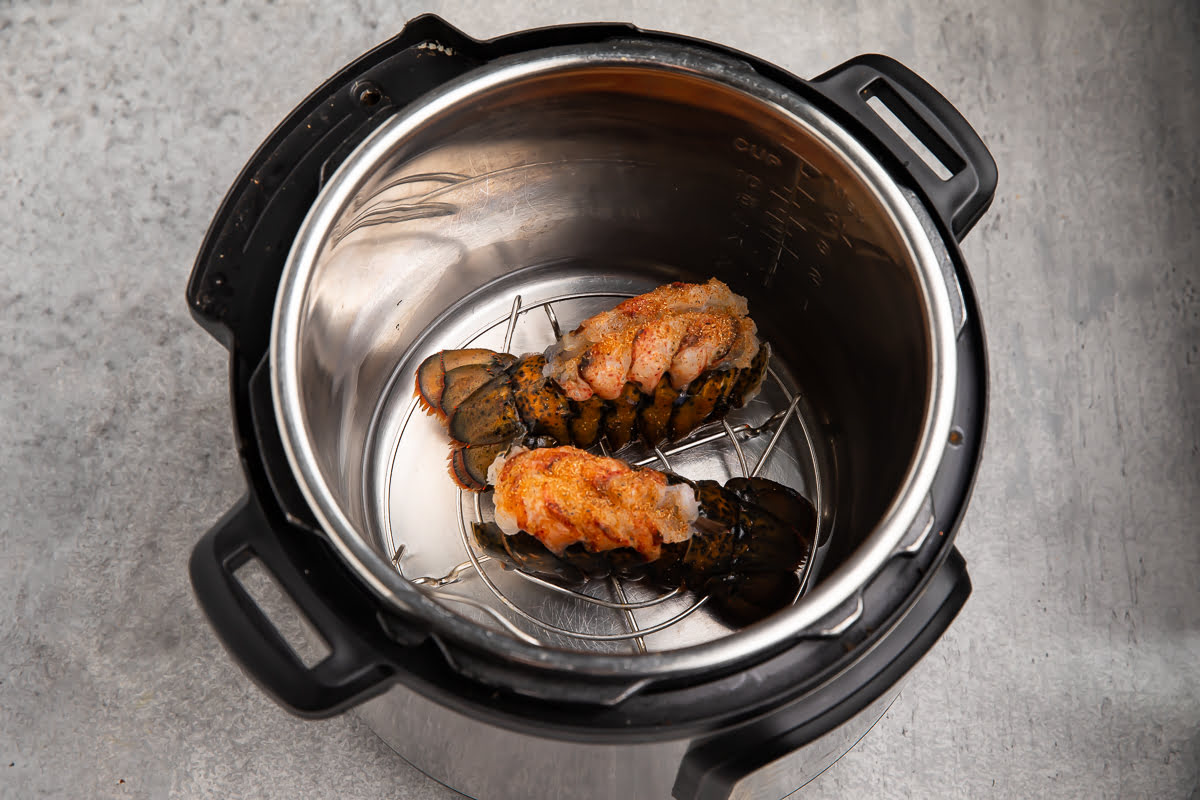
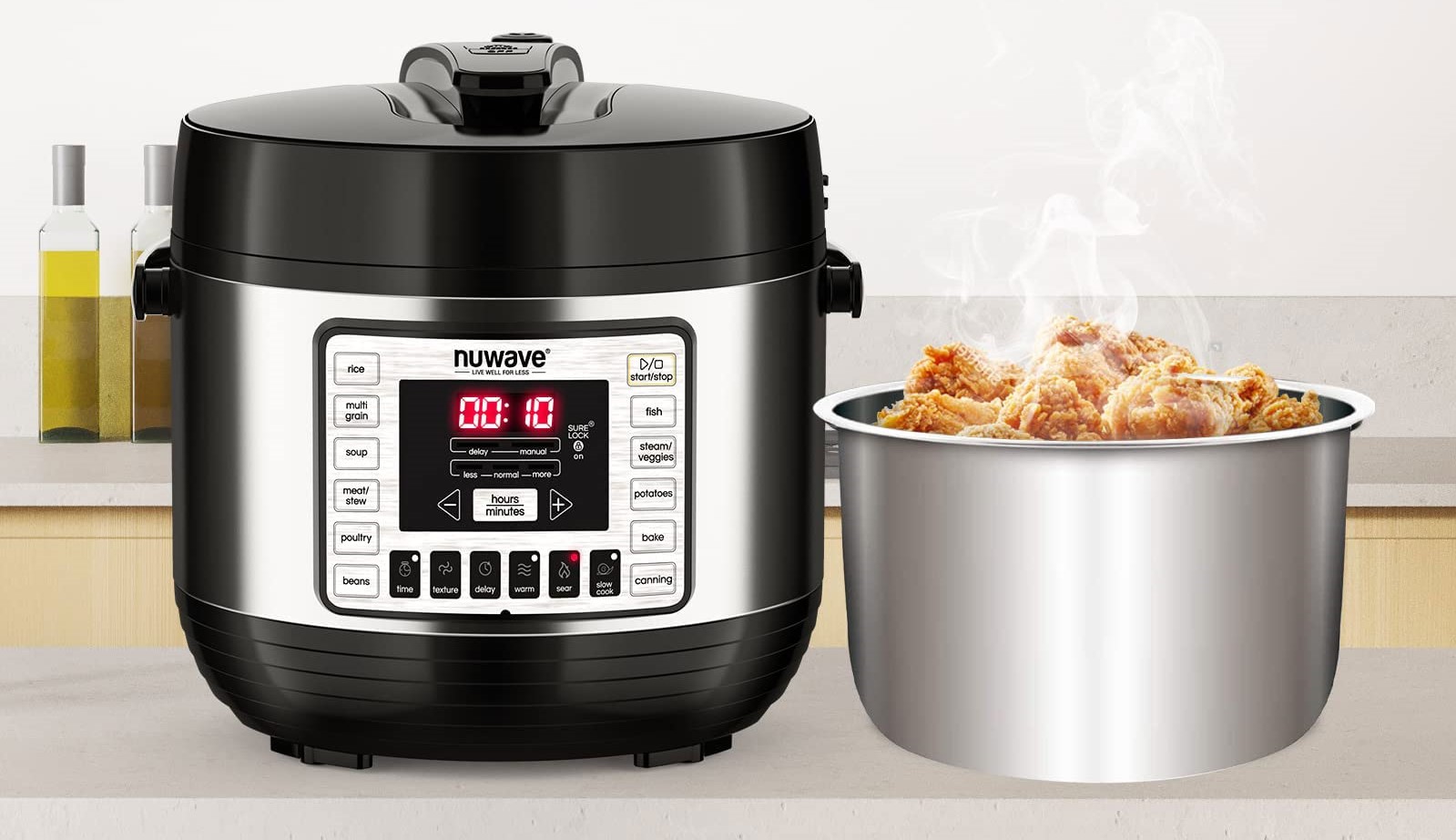
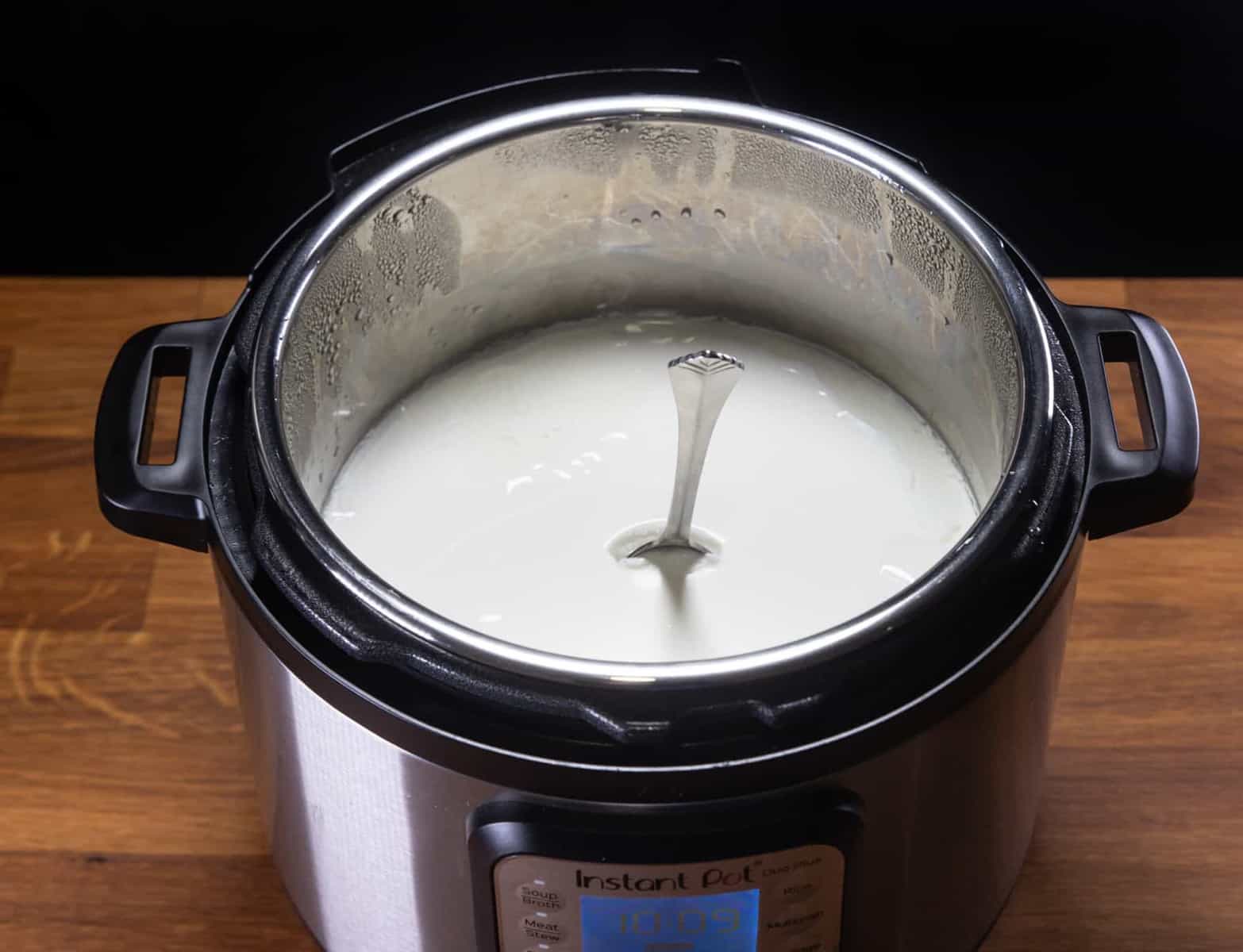
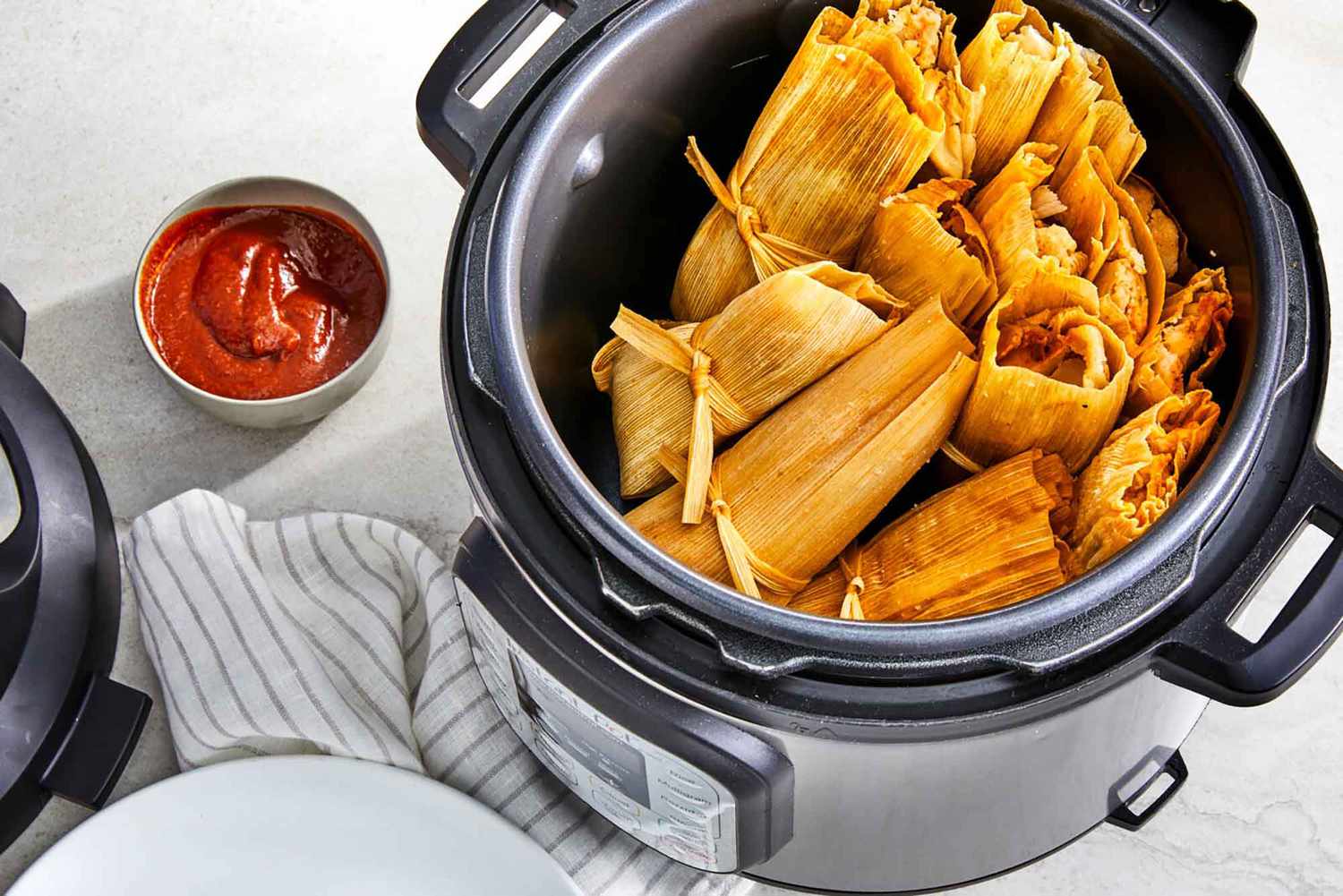
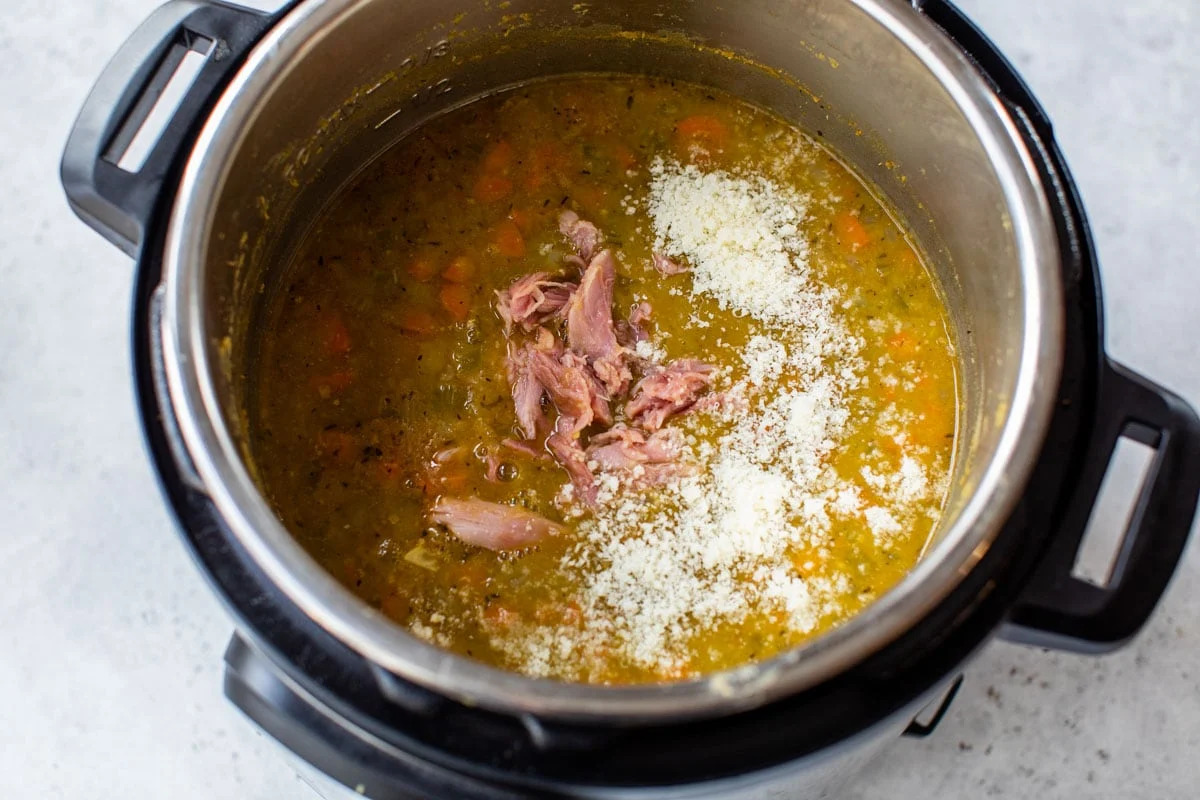
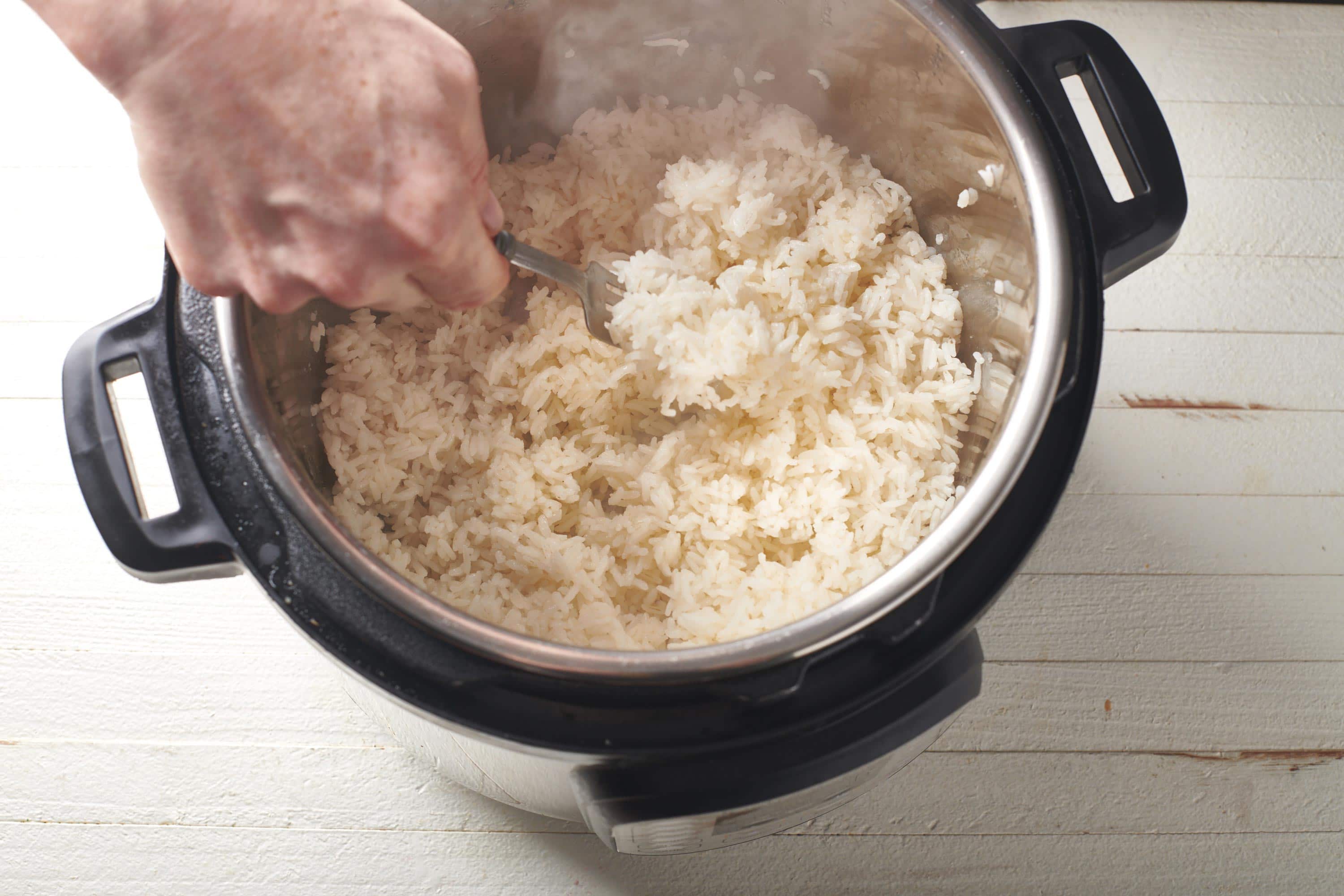
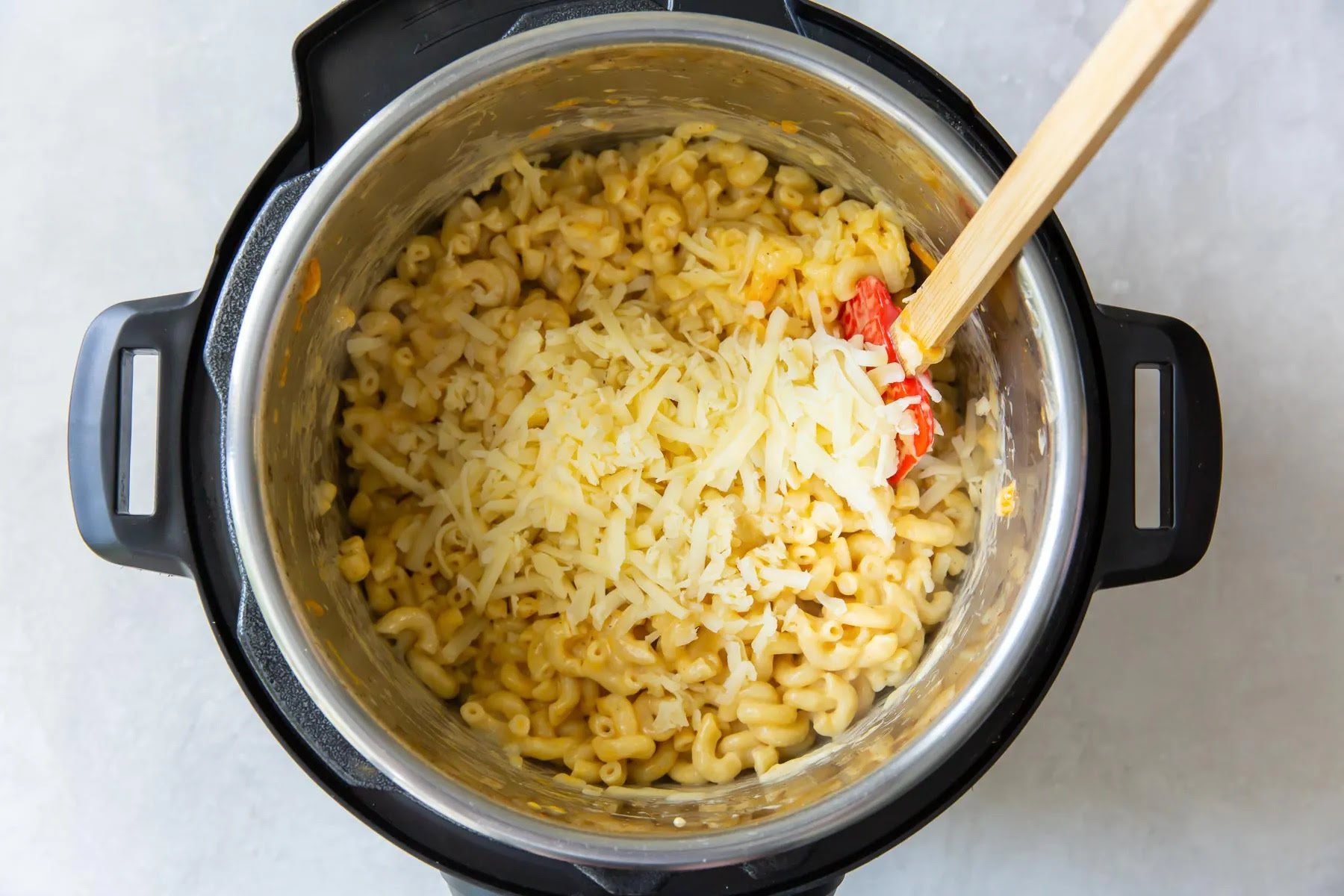
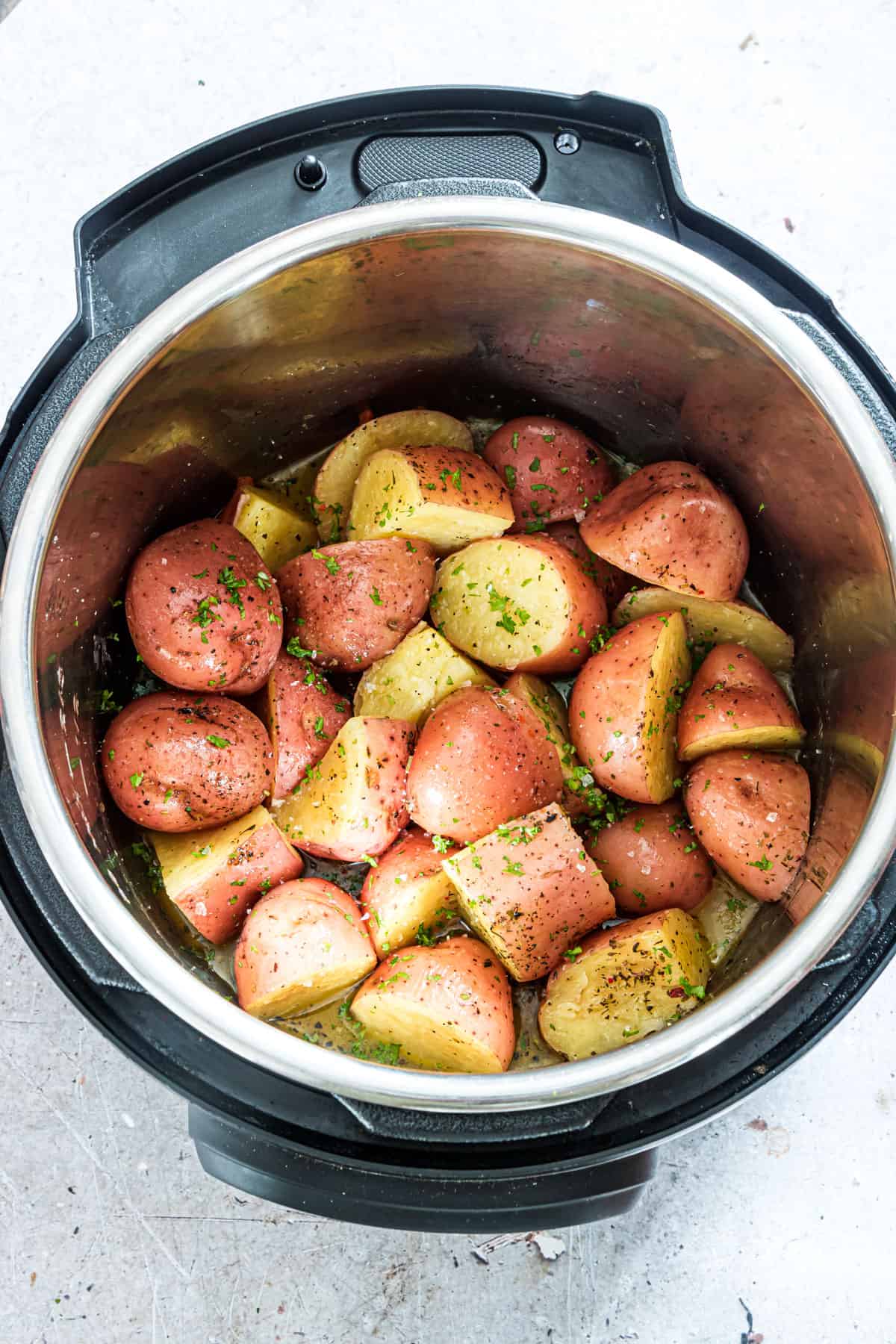
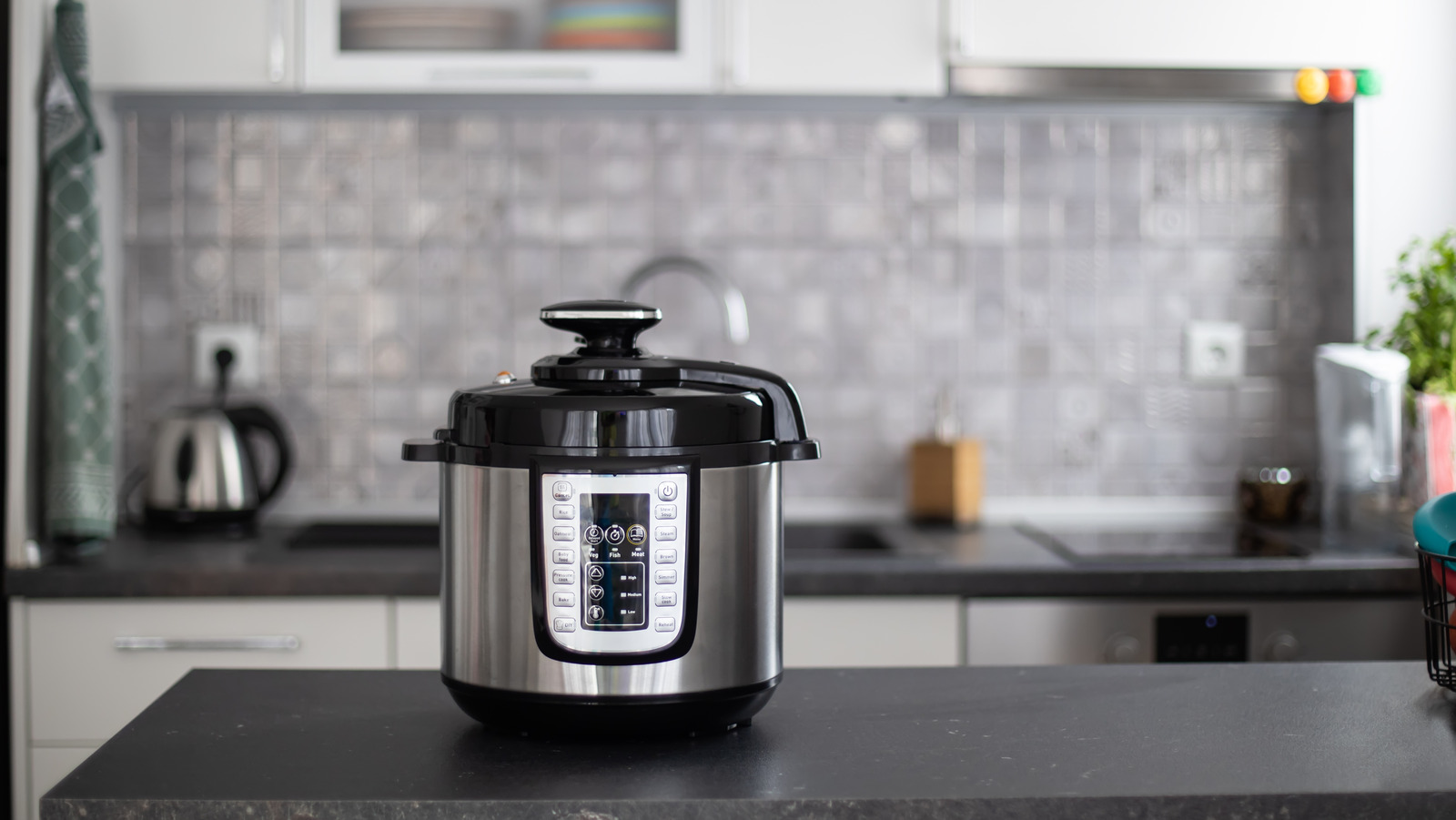
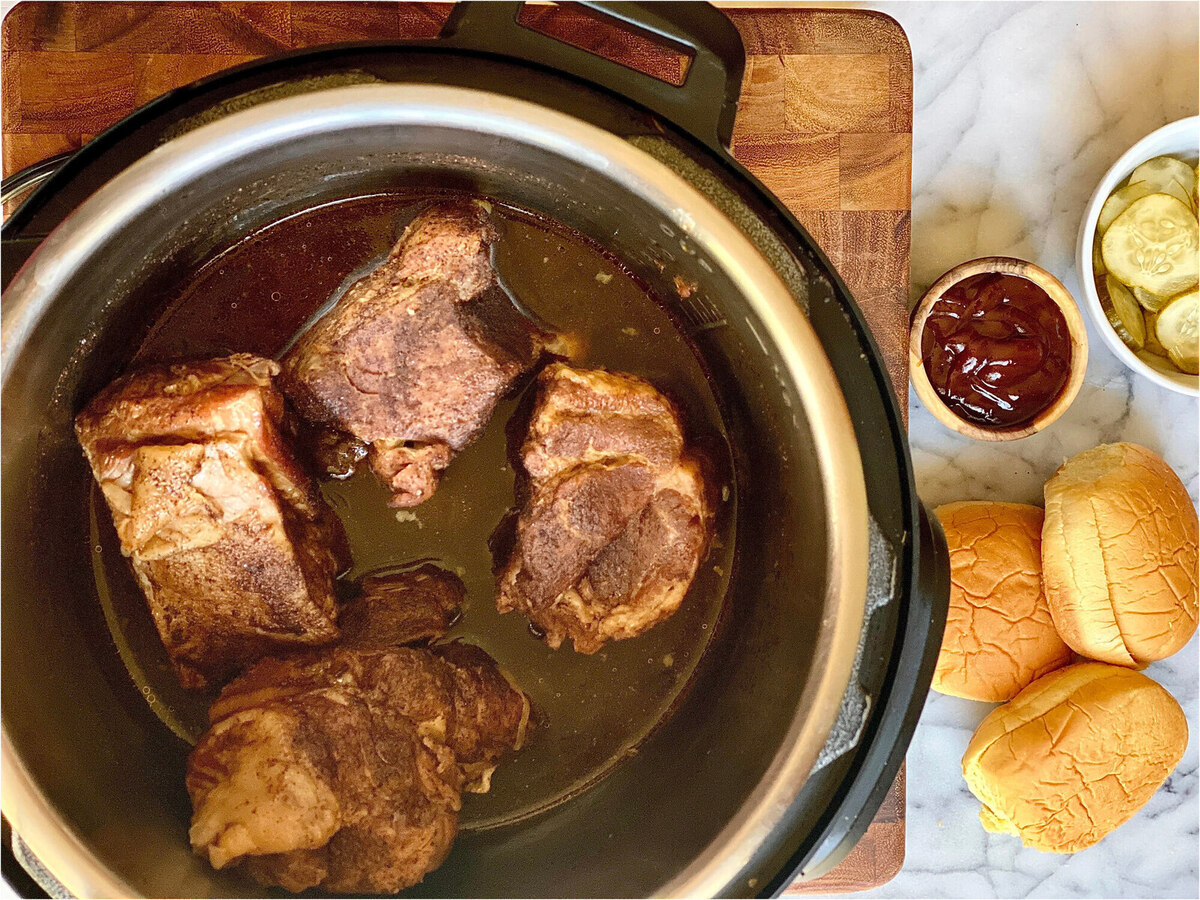
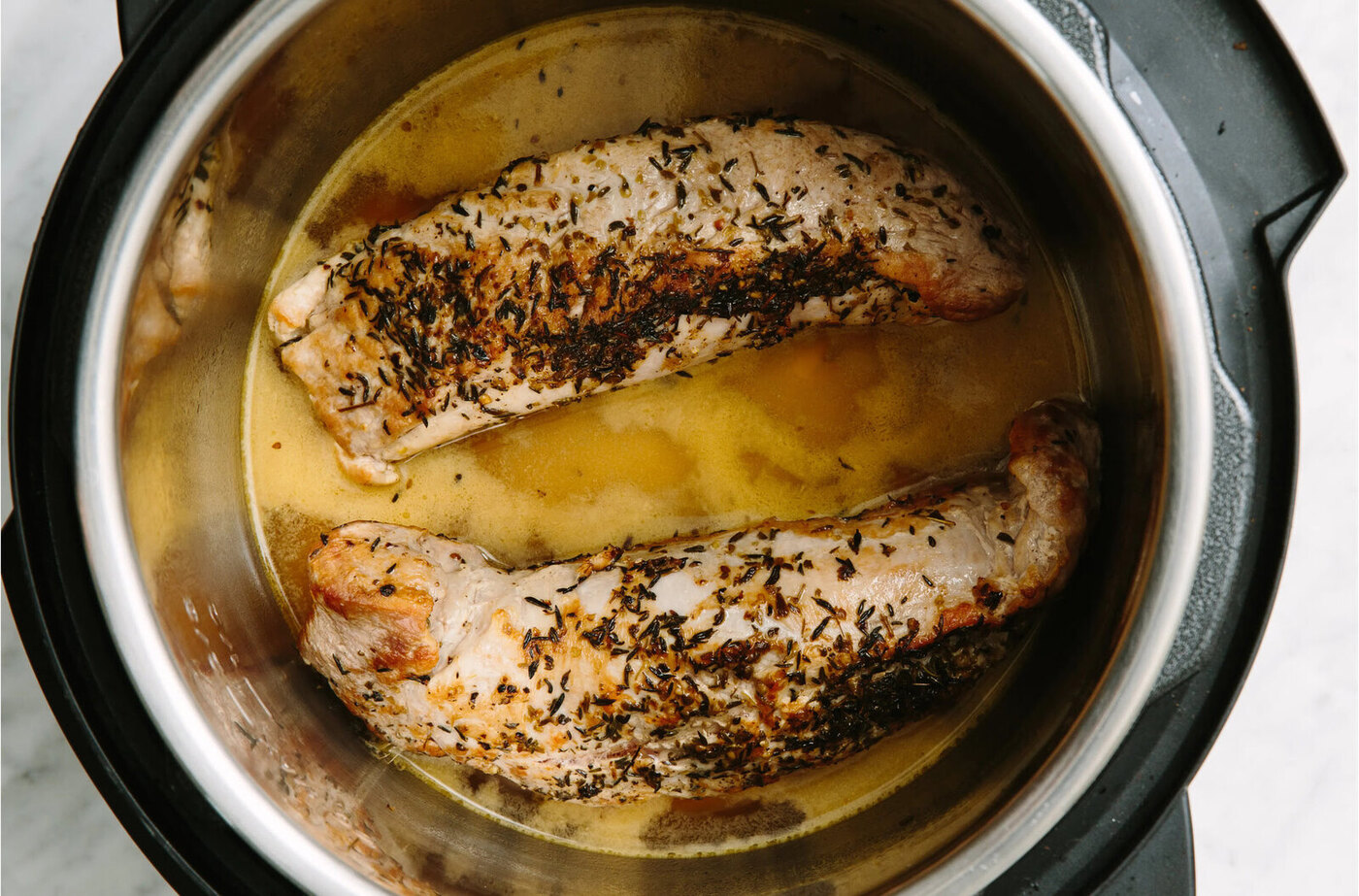
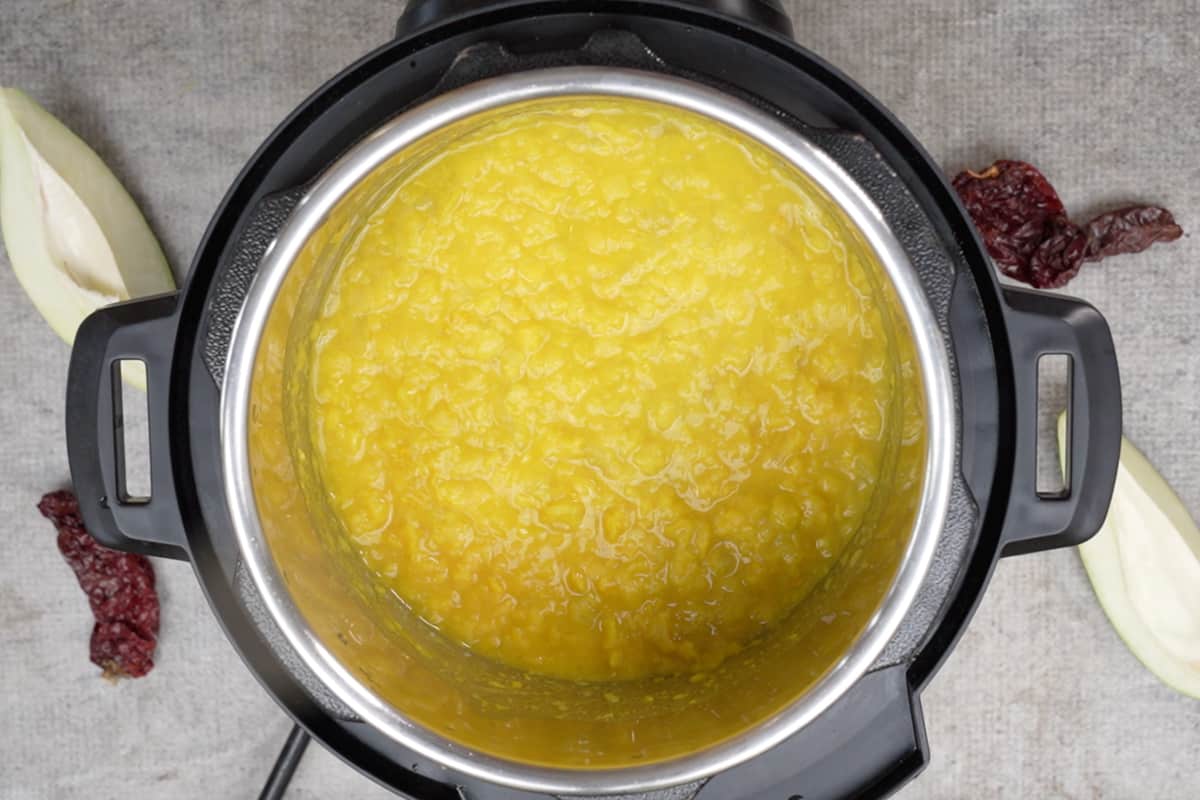
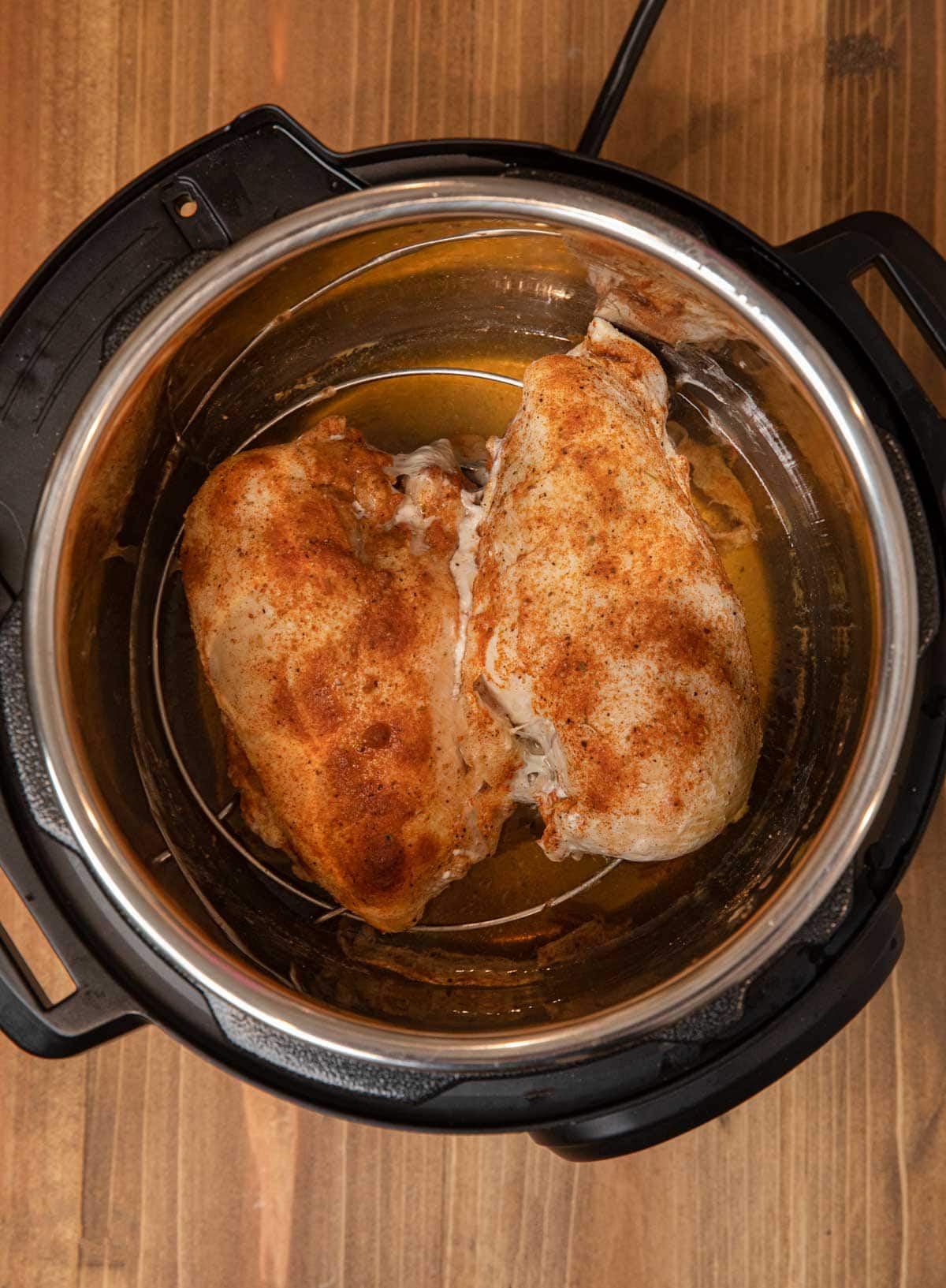
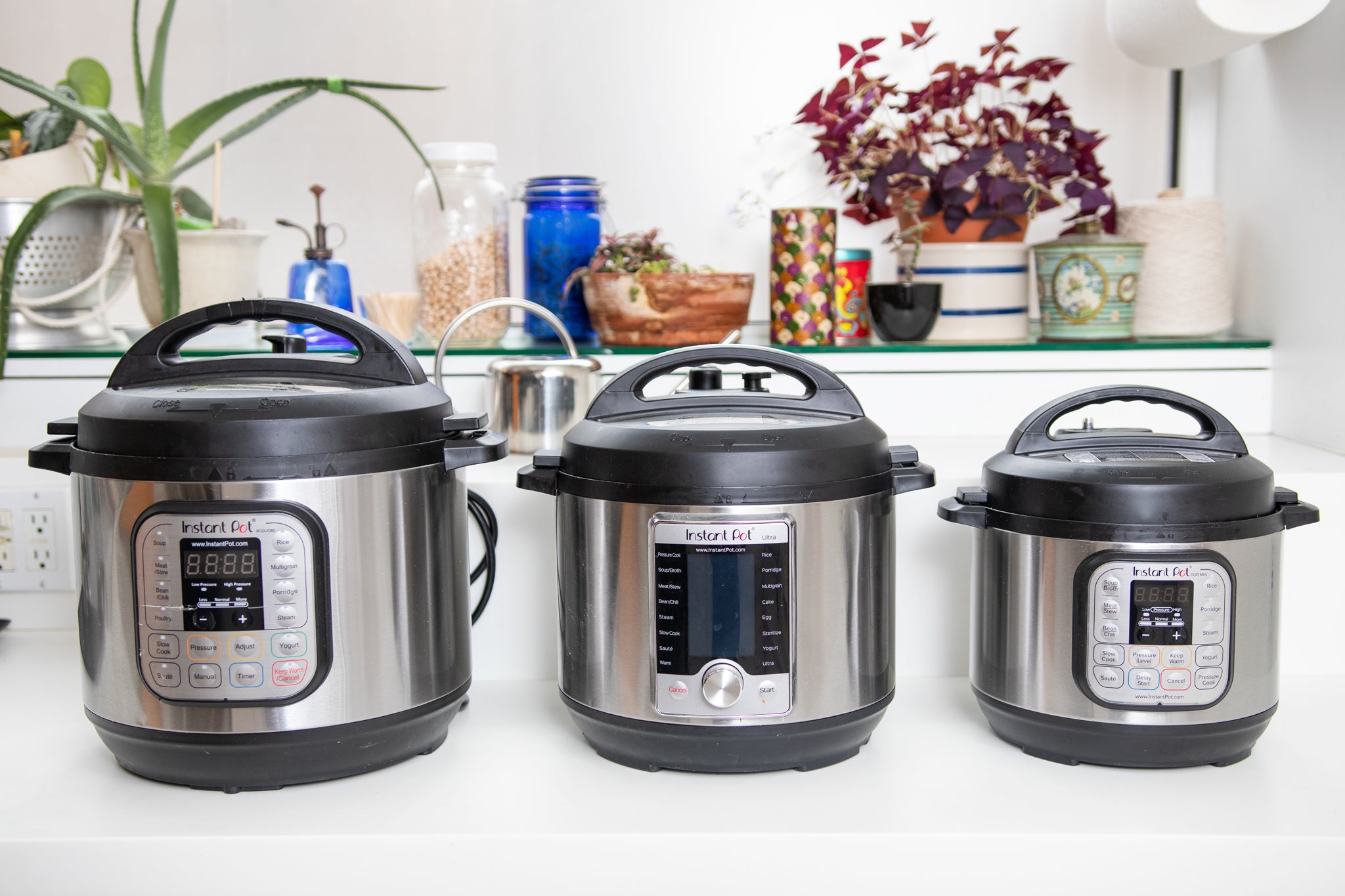

0 thoughts on “How Do You Cook In An Electric Pressure Cooker?”